Home equity loans, home equity lines of credit, cash-out refinancing — as a homeowner, you have several options to secure extra cash when you need it by using your home’s equity.
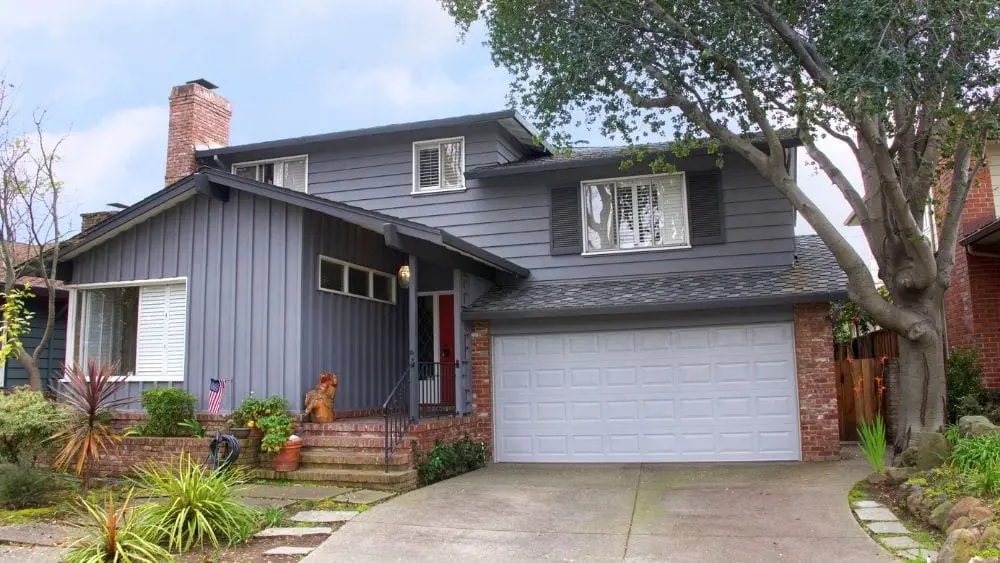
All three options allow you can use the financing as needed, whether to pay for major home renovations, consolidate debts, or cover emergency expenses. At the same time, because your home is used as collateral for all three options, you could put the home equity you’ve worked hard to establish on the line if you can’t back what you borrowed.
To figure out which option best suits your needs, here’s a look at how home equity lines of credit (HELOCs), home equity loans, and cash-out refinancing work, along with their key benefits and drawbacks.
How Does Each Option Work?
To start, let’s review what each home refinancing option is and how it works:
Home Equity Line of Credit: Consider HELOCs like a personal line of credit or a credit card. Instead of a lump sum payment, you’re opening a revolving line of credit you can withdraw from whenever you need to. You aren’t getting a lump sum payment like you would with a home equity loan or a cash-out refinance.
Your HELOC comes with a maximum amount you can draw from based on your home’s equity and a draw period, which is the time frame for when you can withdraw cash from your account. A draw period typically lasts 10 years. During this time, you have to make minimum payments (usually the interest on the amount borrowed) on your HELOC.
After that, you’ll enter the repayment period, during which you’ll need to repay your entire balance over a certain period, typically another 10 to 20 years. Your payments during this period will include both principal and interest, so you’ll need to ensure you have the funds ready to make those increased monthly payments.
In some cases, you won’t pay off your entire balance by the end of the repayment period. If this occurs, you’ll need to pay off the remainder in a lump sum amount known as a balloon payment.
Home Equity Loans: A home equity loan provides you with a single lump sum amount of cash, which you can access once you’re approved for your loan and signed all the paperwork.
These loans typically come with a fixed term of five, 10, 20, or even 30 years, depending on how much you’re borrowing. As with other loans, like your mortgage, you will repay the full amount via fixed monthly installments throughout the life of the loan.
Home equity loans are often nicknamed “second mortgages.” When you took out a mortgage to buy your home, you used the property as security if you defaulted on your loan. Similarly, a home equity loan is secured by the equity you’ve built up in your home.
In this case, you must make sure you have the flexibility in your budget to manage both your mortgage payments and the home equity loan.
Cash-Out Refinancing: A cash-out refinance replaces your existing mortgage with a new one that comes with a new loan amount, interest rate, terms, and monthly payment.
In refinancing your existing mortgage, you can turn a portion of your home equity into a cash payout. Because you’re creating a new mortgage, you need to prepare for the higher loan amount and set the stage for preferable terms, from securing a lower interest rate to organizing monthly payments that fit comfortably within your budget.
How Much Can I Borrow With Each Option?

How much lenders will qualify you for depends on a handful of options, such as how much home equity you have, your credit score, and your monthly income available to service this debt. Here’s what you can typically borrow for each option:
Home Equity Line of Credit: With HELOCs, you can borrow between 60 percent and 85 percent of your home’s value, minus the outstanding mortgage balance, notes Experian.
If your home is worth $350,000, for example, and you have $240,000 in home equity and owe $110,000 on the mortgage, you might be able to borrow up to $204,000.
Home Equity Loans: Most lenders will let you borrow between 75 percent and 85 percent of your home’s equity, says Experian.
For example, if your home is worth $300,000 and you have built up $100,000 in home equity, you may be able to borrow from $75,000 to $85,000.
Cash-Out Refinancing: Typically, lenders allow you to borrow up to 80 percent of your home’s market value. For example, according to Experian, say your home is worth $400,000 and you still owe $250,000 on your current mortgage. You’re looking to get $20,000 for home renovation work, so you get approved for a cash-out refinance loan of $270,000 to replace the $250,000 loan, leaving you with the $20,000 difference in your bank account.
Lenders will want you to maintain at least 20 percent equity in your home, but this will vary from lender to lender and by the type of loan you initially had. If your original mortgage was a Veterans Affairs home loan, you may be eligible to use 100 percent of your home equity under the VA cash-out refinancing program.
How Does Interest Work for Each Option?
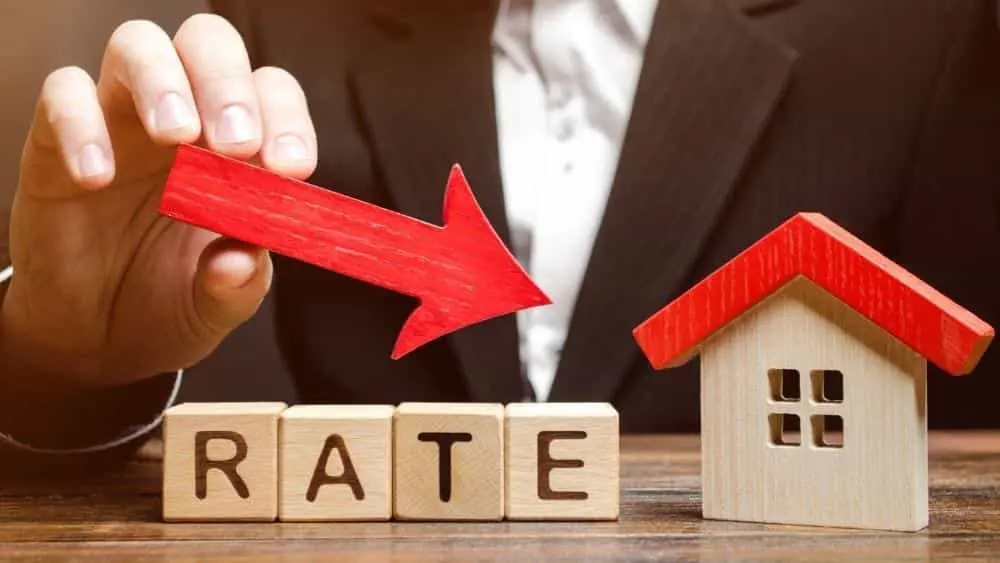
The interest rate you secure, whether fixed or variable, depends largely on your credit score, debt-to-income ratio, and how much you’re borrowing.
With a fixed interest rate, your rate is locked in for the entirety of your loan, and you’ll know precisely how much you’ll need to pay each month. With a variable interest rate, your rate could drop lower than what’s on offer with a fixed rate, and your payments could fluctuate from month to month.
Here’s what to expect for each option:
Home Equity Line of Credit: HELOCs traditionally come with a variable interest rate, so your repayments may fluctuate from month to month. Some lenders will allow you to lock in a portion of your HELOC balance under a fixed rate when you’re in the repayment period. If this is important to you, ask the lenders you’re considering if they offer this feature.
Home Equity Loans: Your home equity loan comes with a fixed interest rate and a fixed term, which you and your lender will agree on before you sign off on your loan. You’ll know precisely how much you’re paying each month along with a set payment schedule.
Cash-Out Refinancing: Cash-out refinancing is available with a fixed-rate or variable-rate mortgage same as with your initial mortgage, according to the Bank of America. Which route you take depends on your personal preferences and what options your lender provides to you.
Are There Closing Costs for Each Option?
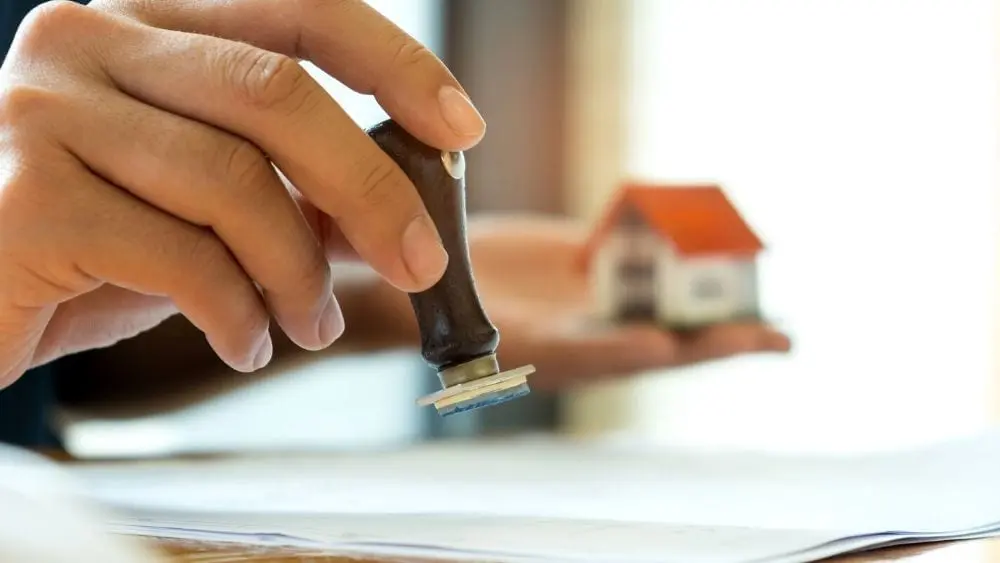
All three options come with closing cost fees, which typically include the following:
- Property appraisal fees (for getting your property’s value assessed)
- Loan application and document preparation fees
- Title search fees (to prove you own the property, free and clear)
- Transaction fees
- Prepayment penalty fees
- Non-sufficient funds, late, or missed payment fees
You may have to pay more for a cash-out refinance because you’re setting up a new mortgage, which will come with extra steps, such as hiring an attorney to look over your new mortgage’s terms.
Comparing Each Financing Option’s Key Features
This chart stacks each loan’s key features next to each other to help you compare your options:
| Loan Type | Interest Rate | Payout | Repayment Terms | Closing Costs |
| HELOC | Variable (although a portion can be fixed, depending on the lender you work with) | Access to a revolving line of credit during the “draw period,” which is typically 10 years. | Minimum interest payments during the draw period, followed by a repayment period of up to 20 years | Yes |
| Home Equity Loan | Fixed | Lump sum payout | Fixed term of up to 30 years | Yes |
| Cash-Out Refinancing | Fixed or variable | Lump sum payout | Fixed term; loan terms may change from original mortgage loan | Yes |
When Should I Choose a HELOC?
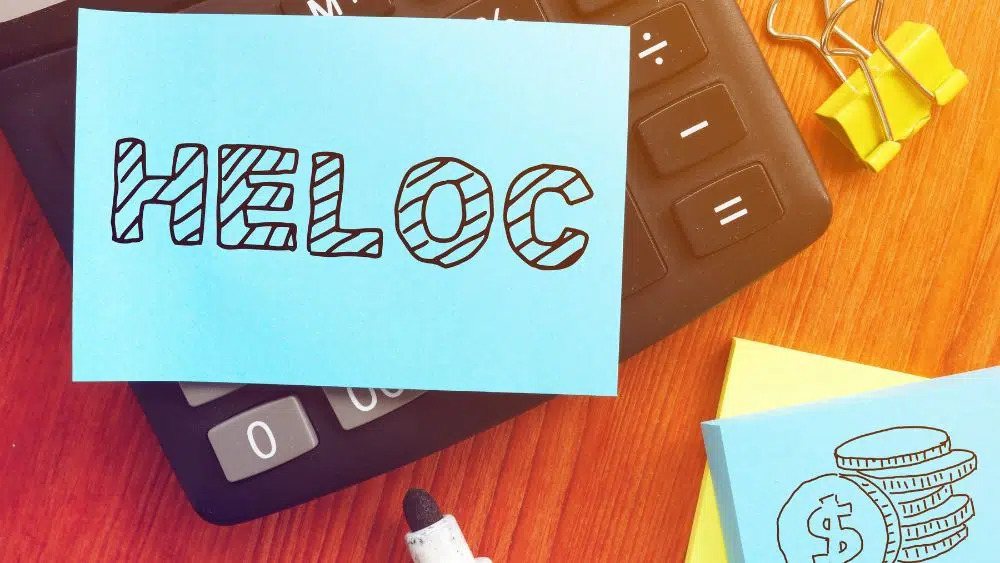
A HELOC is a great choice when you want the flexibility to access to funds only as needed, such as to pay for a home renovation project or to keep an emergency line of credit. You’ll only pay for what you use with this option.
The downside? Making minimum monthly payments during the draw period is easy, but you need to be prepared for the repayment period as your monthly payments will increase. You’re also dealing with a variable interest rate so your monthly payments aren’t set in stone. Plus, having access to a line of credit could spell trouble for overspending.
When Should I Choose a Home Equity Loan?
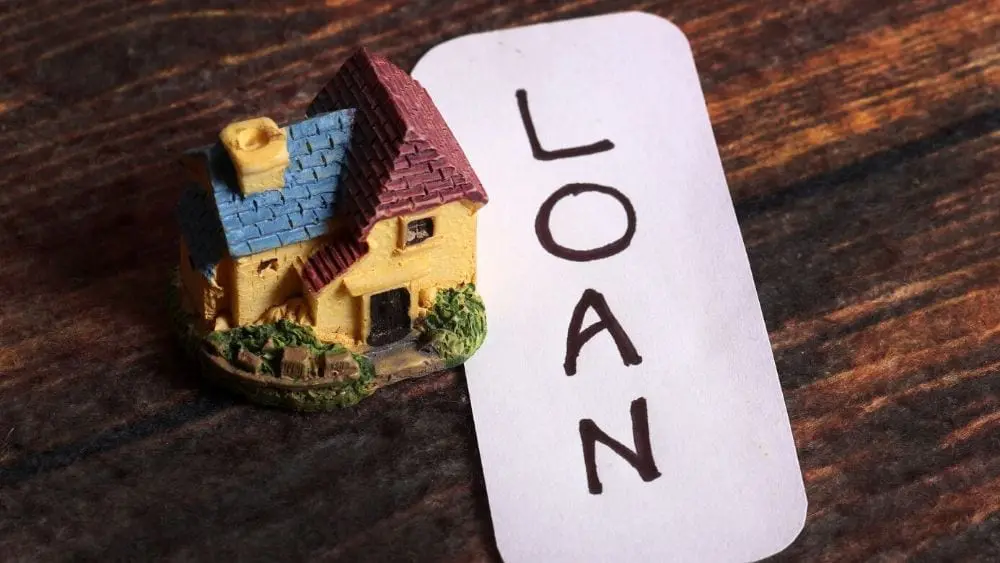
Home equity loans are a great choice for a one-time need or project when you know how much you’re going to spend. With this type of loan, you also get clear-cut, fixed loan terms with predictable and set payment amounts, so you can keep your financial planning on track.
The downside? You’re signing up to juggle two monthly mortgage payments for the long haul. You’ll have to do some serious number-crunching to make sure you can afford this additional financial commitment.
When Should I Choose Cash-Out Refinancing?
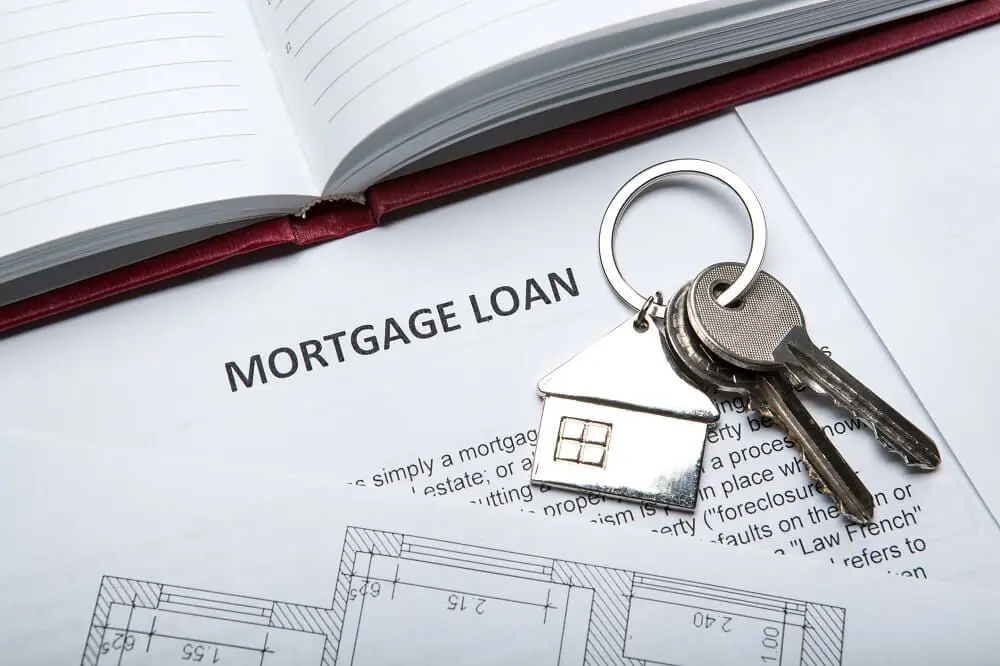
Cash-out refinancing is a great opportunity to either secure a lower interest rate or select longer terms on a new mortgage loan, so you can lower your monthly payments and get some extra cash out of it as well. If the interest rates have dropped or your financial situation has improved (higher credit score, more income, fewer debts), you could be in a prime position to score a lower interest rate.
The downside? Cash-out refinancing is the costliest of the three options because you’re starting from scratch and creating a new mortgage. You’ll also need to check on market conditions to make sure mortgage interest rates are lower than when you signed off on your initial mortgage. You’re also taking on a larger mortgage sum than your original loan, which can be daunting. And if your home equity dips below 20 percent with the refinancing, your lender may charge you private mortgage insurance.

Carmen Chai is an award-winning Canadian journalist who has lived and reported from major cities such as Vancouver, Toronto, London and Paris. For NewHomeSource, Carmen covers a variety of topics, including insurance, mortgages, and more.
 12 Custom Home Coffee Bar Ideas from TikTok
12 Custom Home Coffee Bar Ideas from TikTok